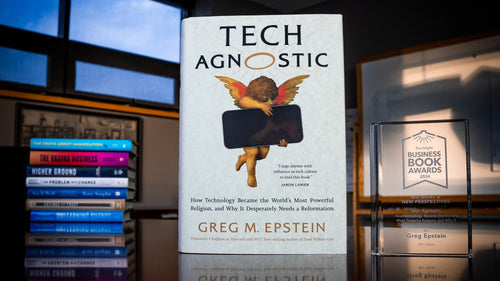The Impact Equation
Gaining recognition is hard. You probably know this already. Maybe you realized it when you noticed that none of your 20 followers ever re-tweets you.
 Gaining recognition is hard. You probably know this already. Maybe you realized it when you noticed that none of your 20 followers ever re-tweets you. How can you get to 100, 10k, or one million followers, and even better, how can you get them actually interested in what you're doing? Your goal is impact, wherever the channel. If you feel like you're not making the impact you should be, perhaps you should read Chris Brogan and Julien Smith's new book. These are the fellows who wrote Trust Agents, and they've broadened their scope a bit with The Impact Equation.
Despite being a touch nebulous-sounding, the title actually delivers exactly what it says: an equation to help determine the impact you have in the public realms. It's very simple:
Gaining recognition is hard. You probably know this already. Maybe you realized it when you noticed that none of your 20 followers ever re-tweets you. How can you get to 100, 10k, or one million followers, and even better, how can you get them actually interested in what you're doing? Your goal is impact, wherever the channel. If you feel like you're not making the impact you should be, perhaps you should read Chris Brogan and Julien Smith's new book. These are the fellows who wrote Trust Agents, and they've broadened their scope a bit with The Impact Equation.
Despite being a touch nebulous-sounding, the title actually delivers exactly what it says: an equation to help determine the impact you have in the public realms. It's very simple:
Impact = C x (R+E+A+T+E).The acronym aside, this 'equation' is beautiful because it simplifies the challenge. Achieving a meaningful presence is so often this confusing, nuanced carrot-on-string game. The equation is obviously not actual mathematics—you have to assign what end up being subjective values to each of the six categories: contrast, reach, exposure, articulation, trust, and echo. The equation simply helps to demonstrate the relationship between these six categories and to quantify (relatively) the overall impact that you or your business is achieving. The book goes through these six key areas of measurement one by one, with each area falling under one of three larger categories: ideas, platforms, and networks. Each of the six areas are explored in different depths. The authors lead with contrast, which falls under ideas. This is the big one. Contrast is exactly what it sounds like (I'm assuming you know what the word means). The value of all other parts of the equation hinge upon the value of your idea's contrast, or how distinctly your idea stands apart from the rest. Does it stand out from its peers? Creating an idea with contrast is the right start to success. Alternately, a generic idea that looks like the rest will be off to a slow start, requiring more from the other areas of measurement. Despite the asserted global application of the equation (there is a small sub-section subtitled "Why This Book Isn't About Facebook"), the best and most frequent examples provided here are ones that use the common social platforms that have (for the present, at least) become part of every marketer's box of essential tools: Facebook, Twitter, et. al. But to be fair, the book has broader application. To head off the whole "This is a book about social media" perception that readers might have, the authors lead with this:
The Impact Equation is actually about getting a larger audience to see and act upon your ideas and learning how to build a community around that experience to take it all to an even higher level.And this an accurate statement. Even though the easiest way to visualize or realize this book might be in terms of today's most popular social channels, Brogan and Smith use simple, clear language to spell out advice that could be applied to any business, regardless of that business' social media presence. Impact is everywhere, and I have a feeling that the best advice on how to create impact is not going to be relegated to one channel or platform.



